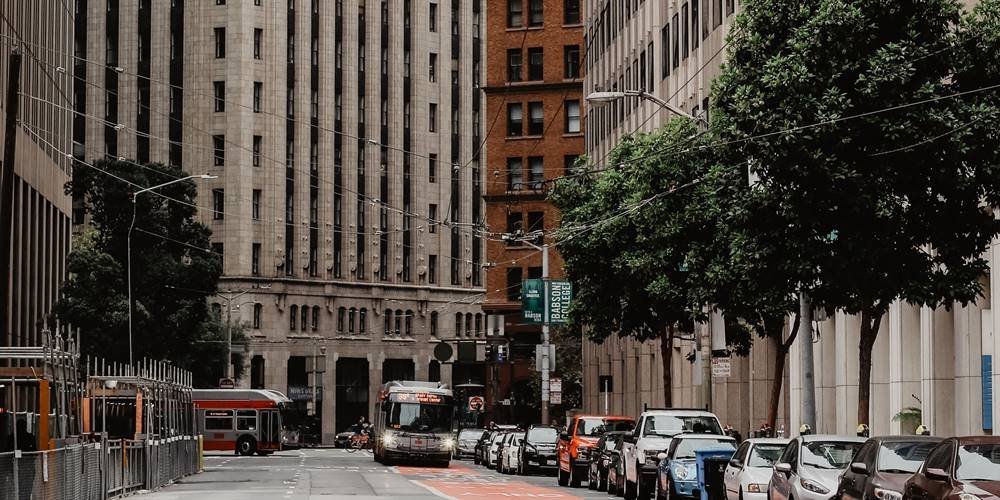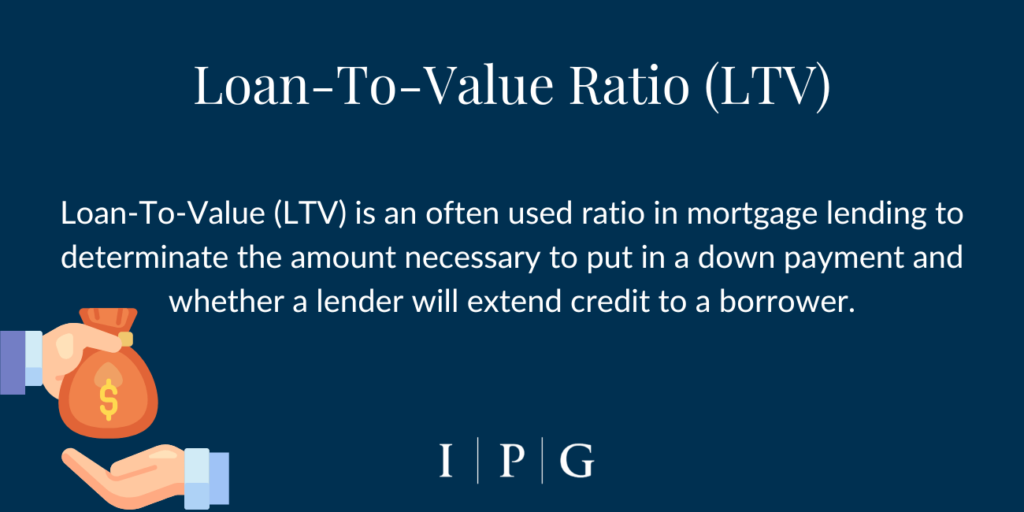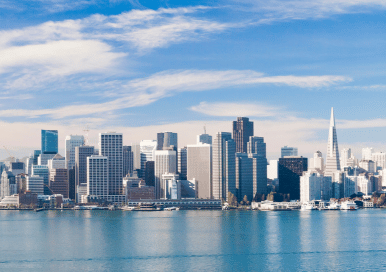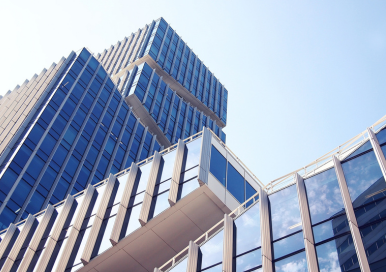New Multifamily Construction: What’s Next Nationally and for the Bay Area

The multifamily housing sector is poised for a transformative year in 2024. As we navigate a rapidly evolving real estate landscape, it’s crucial to stay ahead of the curve on the latest multifamily trends. Let’s dive into some key factors in the multifamily development space expected to shape the multifamily industry in the coming year, both in the Bay Area and across the US.
A little background before we dive in…
Rents rose at record growth rates during the pandemic and post pandemic, particularly in the Sunbelt. We’re seeing many trends take place such as corporate migration, and remote work in response to the pandemic, driving seniors, Millennials, and Gen Zers from coastal cities to lower-cost, lower density markets like Austin, Nashville and Salt Lake City.
Rents increased, and developers fueled by free money snapped up sites to add units to satisfy demand. The resultant wave of deliveries of units into the market will peak this year, and will further temper the rent growth and contribute to affordability for renters in those markets.
National Deliveries
Some markets such as Washington, D.C. and Las Vegas saw their new deliveries peak last year. The rest of the country will see deliveries peak this year. Up to 670,000-plus units are scheduled to be delivered into the market across the US in 2024. At the completion of these projects, developers face a different leasing environment than at project conception.
Supply will outpace demand in markets with high deliveries, vacancies will rise, and rent growth will continue to slow in 2024 – average rent growth of 1.2% in 2024 has been predicted by some economists. Average occupancy rate will likely be above 94%. Developers have correctly anticipated where demand will best support new supply – markets with the largest supply pipelines, such as Austin, Dallas, Nashville and Atlanta – have the highest job growth projections.
National Starts
Across the country, multifamily starts will fall by 45% in 2024 from their pre-pandemic average, and by 70% from their 2022 peak. This decline in starts means that new deliveries will be reduced to less than half the current level by 2026. As capital markets stabilize, and demand for new supply accrues, a strong recovery for development and construction driven by both occupancy and rent growth should ensue by the 2026 timeframe.
Bay Area Development
Contrary to the national trend, 2023 was a weak year for multi-housing production in the Bay Area, with only 2,024 units completed in San Francisco. New unit delivery in 2023 was a 30% decline from 2022, and a 57% drop from 2021. Of the new unit deliveries, 805 were affordable units, which was 37% lower than the prior year.
Regionally, 17,400 units are under construction, but even if these units are completed and delivered to the Bay Area market, inventory will grow by 2.6%, half of the national rate of inventory expansion.
With robust employment, salaries, and a wider than national average affordability gap between home mortgage payments and rent payments in the Bay Area, logically multifamily construction starts in the Bay Area would exceed the national average, but local starts have come to a near halt.
High interest rates, elevated construction costs, slow entitlement are challenges for the entire Bay Area.
For San Francisco to meet its state-manded goal of approving 82,000 units in the 2023-2031 timeline would take 41 years to fulfill at SF’s 2023 delivery rate. The same drivers frustrate housing goals throughout the Bay Area, with San Jose being notably further behind San Francisco in planning approvals compared to housing goals there. Only Oakland has exceeded its state-mandated goals.
Bay Area Mega Developments
There are some planned mega-developments throughout the Bay Area, each of which has struggled with delays. The delivery of any one of them could bring about needle-moving supply increases that would impact demand and rent growth in their respective submarkets.
East Bay
Concord Naval Weapons Stations transformation to a master-planned community of over 10,000 homes has had three different developers in 20 years. Slated to comprise homes, schools, offices, shops and restaurants, the project has had developer turnover due to, amongst other issues, labor disputes and cost concerns. Currently Brookfield Properties is working with the City of Concord on terms that could soon be approved to finalize their plan by early 2026, which would time the construction start to align with national trends.
Solano County may get tens of thousands of new homes if the dreams of Marc Andreessen and other wealthy tech execs who funded California Forever, who quietly purchased $800 million in agricultural properties in order to build a utopian, affordable and sustainable community, the details of which are slated to be revealed to Solano County residents early this year, though the community build itself would take decades to deliver.
South Bay
A downtown San Jose mixed-use neighborhood planned by Google delayed construction start in 2023, setting off concerns the plan would be scrapped altogether, due to construction and financing costs, and Google worker layoffs. Google maintained last fall that it is still committed to the 4,000 homes and more office space for Google employees, then announced it had parted ways with its real estate development partner on the San Jose project, and other projects in the south bay, further delaying the start of what would have been a multi-year development project.
A Santa Clara project near Levi’s Stadium may break ground in 2024, adding 1,700 units when delivered. Cupertino’s Vallco Mall redevelopment to 2,600 homes is projected to resume in 2024.
800 units in three high rise towers may soon change the skyline in Menlo Park, where a developer invoking an arcane state law may get approval because of city’s delinquent submission of their state-mandated housing plan, the law states delinquent cities must automatically accept projects of virtually any size.
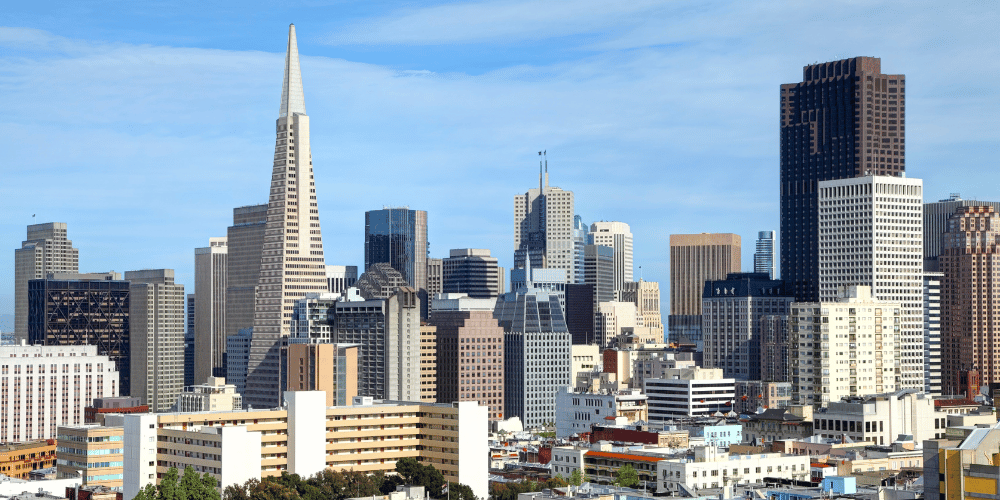
San Francisco
Treasure Island’s ongoing development experienced a hiccup in 2023. The trio of development companies involved in the project continue to wrangle over future financial returns, which may delay the 2026 completion date of thousands of units. The first 22-story building in the massive project is still expected to open for occupancy this year.
Multifamily Drivers
The pandemic produced a sharp, temporary decline in San Francisco rental rates that rippled across the Bay. Some Downtown rentals remain below pre-pandemic highs and offer more incentives. Other areas of San Francisco such as the Sunset and Richmond neighborhoods have experienced double digit rent growth since the pandemic.
Supply constraints throughout the Bay Area have largely kept rents flat, with some areas experiencing dramatic rent growth.
Nationally, the end of the pandemic reignited interest in urban living, boosting investment in multifamily units prior to interest rate hikes. Relaxed zoning laws and building incentives in sunbelt states, facilitated approvals of these developments. For sunbelt cities, a shift towards more sustainable and dense urban growth, aligning with changing lifestyles and housing preferences is underway.
Get in Touch with Our Multifamily Experts
Interested in diving deeper into the multifamily market or exploring investment opportunities? Our expert team is here to guide you through the latest multifamily trends and help you make informed decisions. Contact us today to discuss your multifamily needs and discover how we can support your goals in this dynamic market. Let’s navigate the future of multifamily together!
